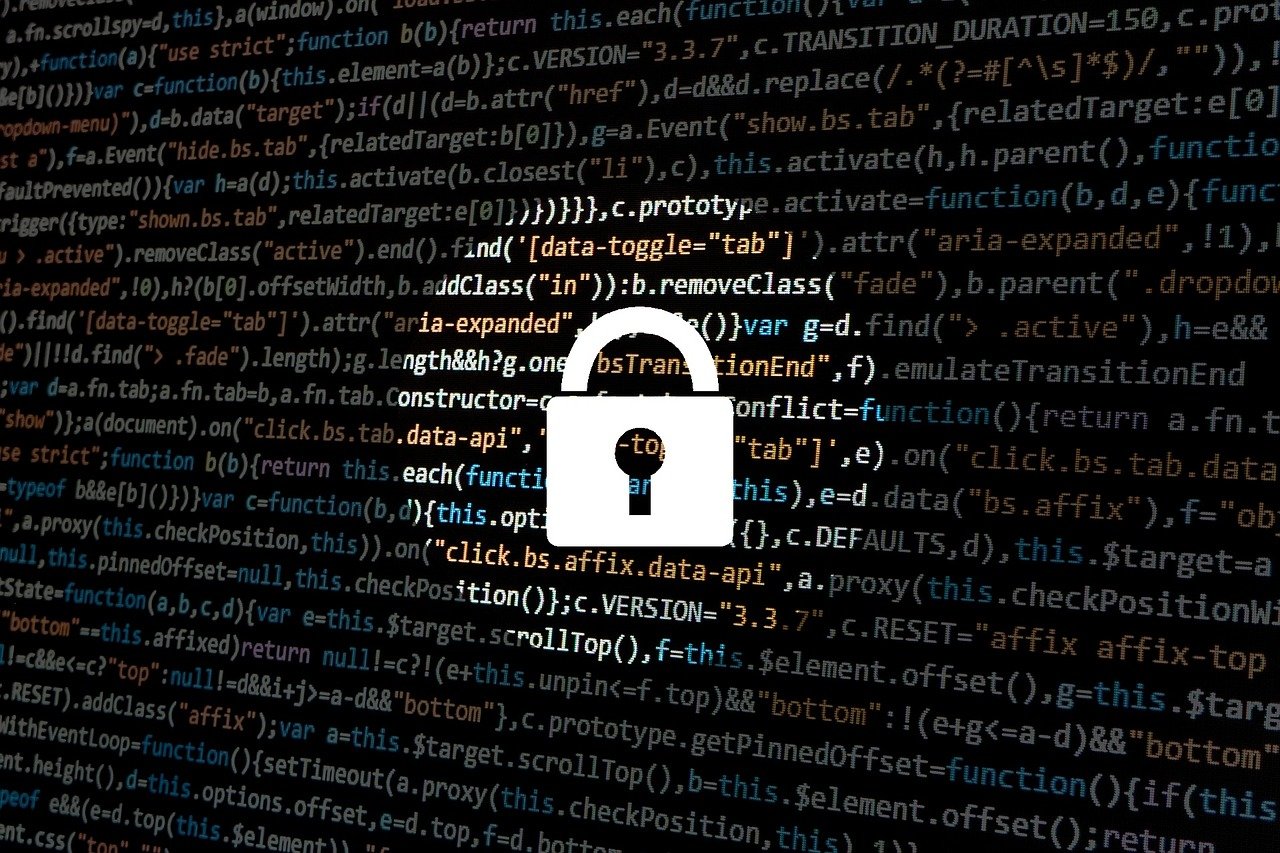COVID-19 arrived as a “zero-day” threat worldwide and in a short time accelerated changes in the way people work, communicate, and go about their daily social lives. It also accelerated the pace and broadened the scope of digital transformation in all types of organizations.
Although cyber defense solutions are often out of reach, such concerns have been overlooked in favor of rapid digital transformation. On the other hand, the closed borders “forced” money-hungry crime organizations to adopt new attacking methods. Cybercrime is an easy way to gain access to a flat and unsafe world economy, and hundreds of new crime organizations are flooding our economies and societies by infiltrating the unprotected cyber arena.
Cybercrime organizations represent a greater threat than rival countries
Rival countries interact with each other in a complicated, often unfriendly, but well-defined diplomatic framework. As part of that model, there are “checks and balances” between rival countries. The risk of an unsuccessful attack is extremely high and might cause severe diplomatic damage. In contrast, it is much easier to operate in a cybercrime arena and hide behind the scenes.
Nations’ stakeholders “steel-strong” in this interaction game. However, they have different motivations than cybercrime organizations, but sometimes they have similar targets that countries can operate cybercrime organization.
The result of “bad guys building capacity” is increased cyber events and cyber crises. We must prepare for crisis management and understand that it is not a matter of “if” but of “when.”
